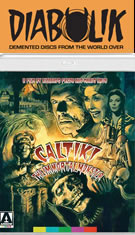
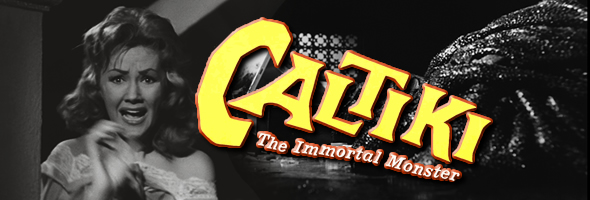
B&W, 1959, 76 mins. 26 secs.
Directed by Riccardo Freda
Starring John Merivale, Didi Sullivan, Gérard Herter, Giacomo Rossi Stuart, Vittorio André, Daniele Vargas, Arturo Dominici
Arrow Video (Blu-ray & DVD) (US/UK RA/B HD/NTSC), NoShame (DVD) (Italy R0 PAL) / WS (1.66:1) (16:9)
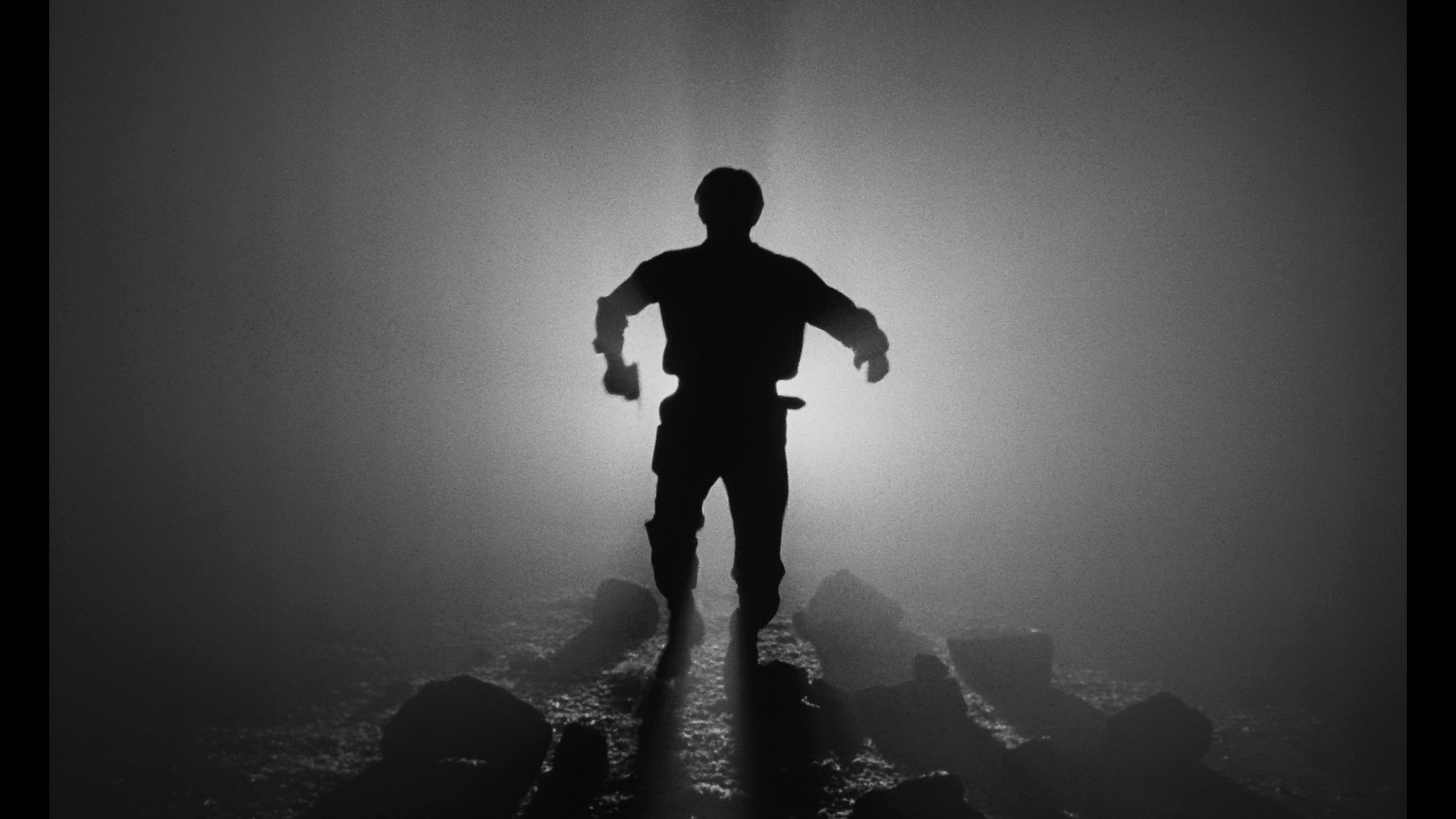
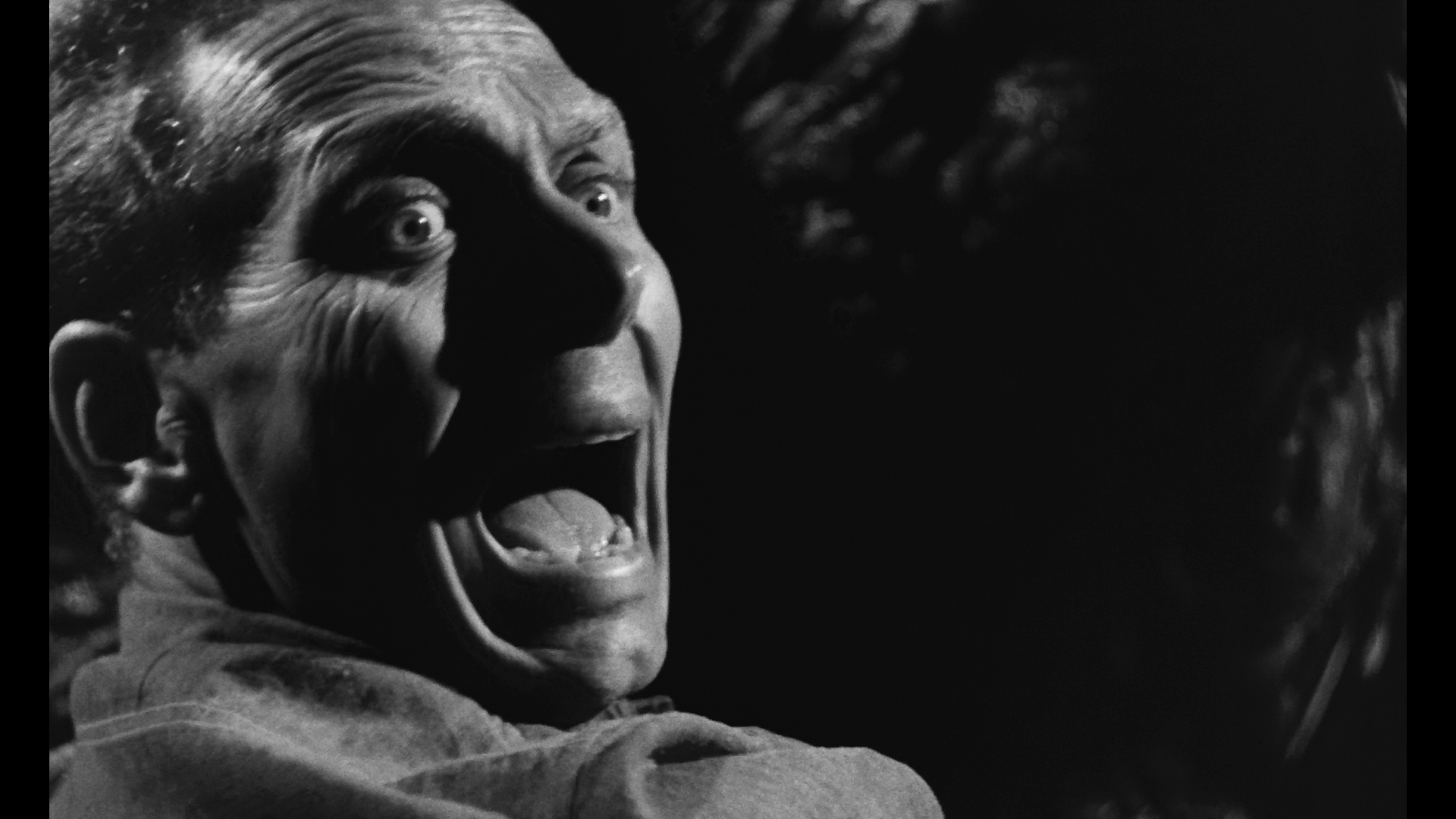 Before Italian horror became a major international player with Mario Bava's Black Sunday in 1960, the wheels were already in motion heading in that direction with a handful of filmmakers taking aspects of American and British monster movies and giving them a whole new style of their own. Commonly regarded as the first real Italian Gothic horror film is 1957's I Vampiri, which was officially credited to Riccardo Freda (The Horrible Dr. Hichcock) with cinematographer Bava handling a large percentage of directorial duties. A similar situation came up again in 1959 when Freda was signed to do the sci-fi/horror hybrid Caltiki, the Immortal Monster, which was handed off to Bava to pave the way for his first bona fide directorial debut. Regardless of how the names actually appear in the credits, it's a moody, stylish, and occasionally shocking blend of The Blob, The Quatermass Xperiment, and The Brainiac, with a dash of Curucu, Beast of the Amazon, but visually it's an Italian horror film to the core.
Before Italian horror became a major international player with Mario Bava's Black Sunday in 1960, the wheels were already in motion heading in that direction with a handful of filmmakers taking aspects of American and British monster movies and giving them a whole new style of their own. Commonly regarded as the first real Italian Gothic horror film is 1957's I Vampiri, which was officially credited to Riccardo Freda (The Horrible Dr. Hichcock) with cinematographer Bava handling a large percentage of directorial duties. A similar situation came up again in 1959 when Freda was signed to do the sci-fi/horror hybrid Caltiki, the Immortal Monster, which was handed off to Bava to pave the way for his first bona fide directorial debut. Regardless of how the names actually appear in the credits, it's a moody, stylish, and occasionally shocking blend of The Blob, The Quatermass Xperiment, and The Brainiac, with a dash of Curucu, Beast of the Amazon, but visually it's an Italian horror film to the core. 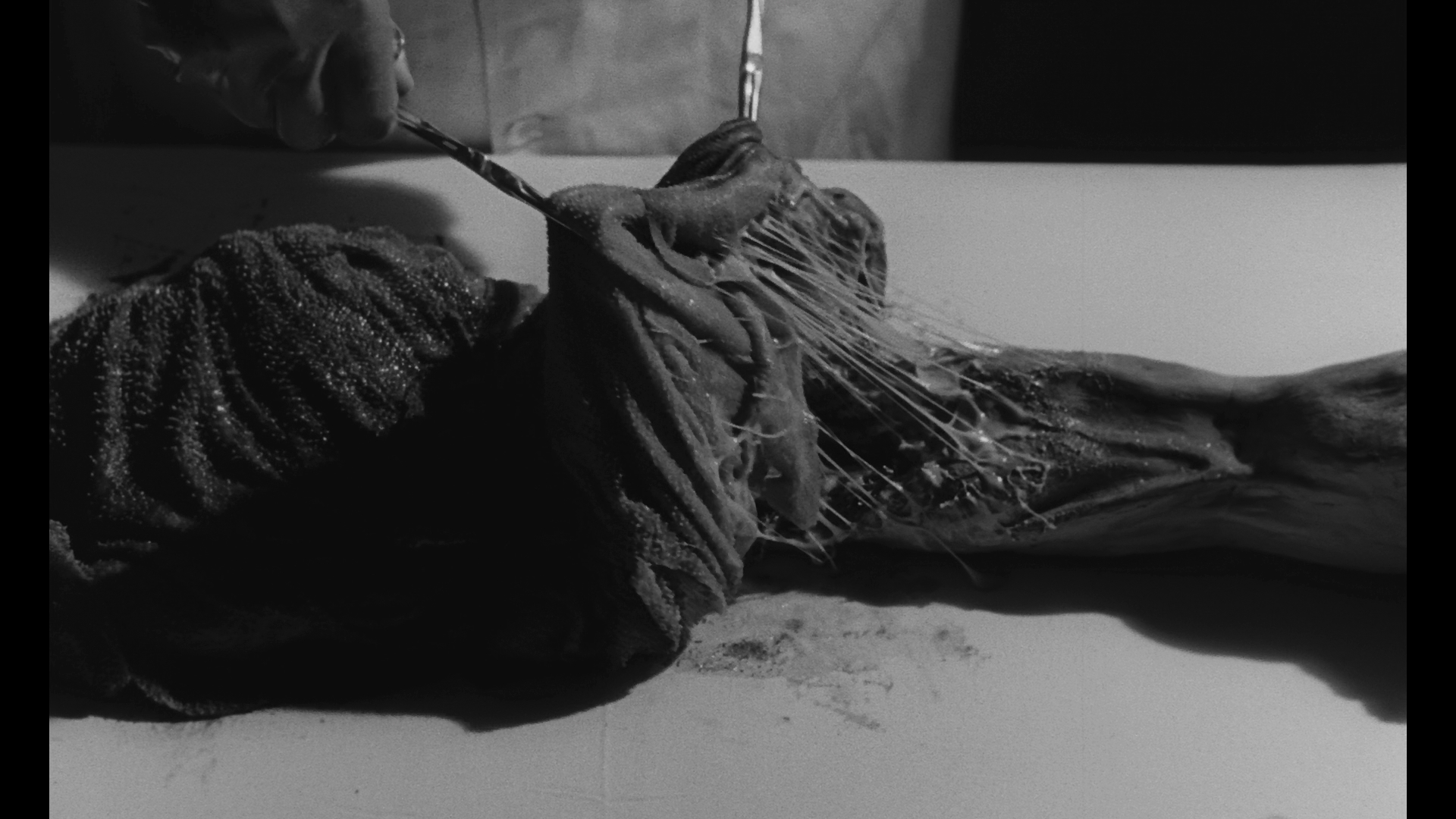 John Fielding (Circus of Horrors' Merivale), where he's only able to frantically say one word: "Caltiki," the name of a bloodthirsty Mayan deity. Accompanied by his wife Ellen (Sullivan) and the scheming Max (Herter), the group uncovers some alarming film footage of the lost mission and goes diving in a hidden cave complete with a deep pool containing lost treasure, skeletal remains... and a giant,
John Fielding (Circus of Horrors' Merivale), where he's only able to frantically say one word: "Caltiki," the name of a bloodthirsty Mayan deity. Accompanied by his wife Ellen (Sullivan) and the scheming Max (Herter), the group uncovers some alarming film footage of the lost mission and goes diving in a hidden cave complete with a deep pool containing lost treasure, skeletal remains... and a giant, 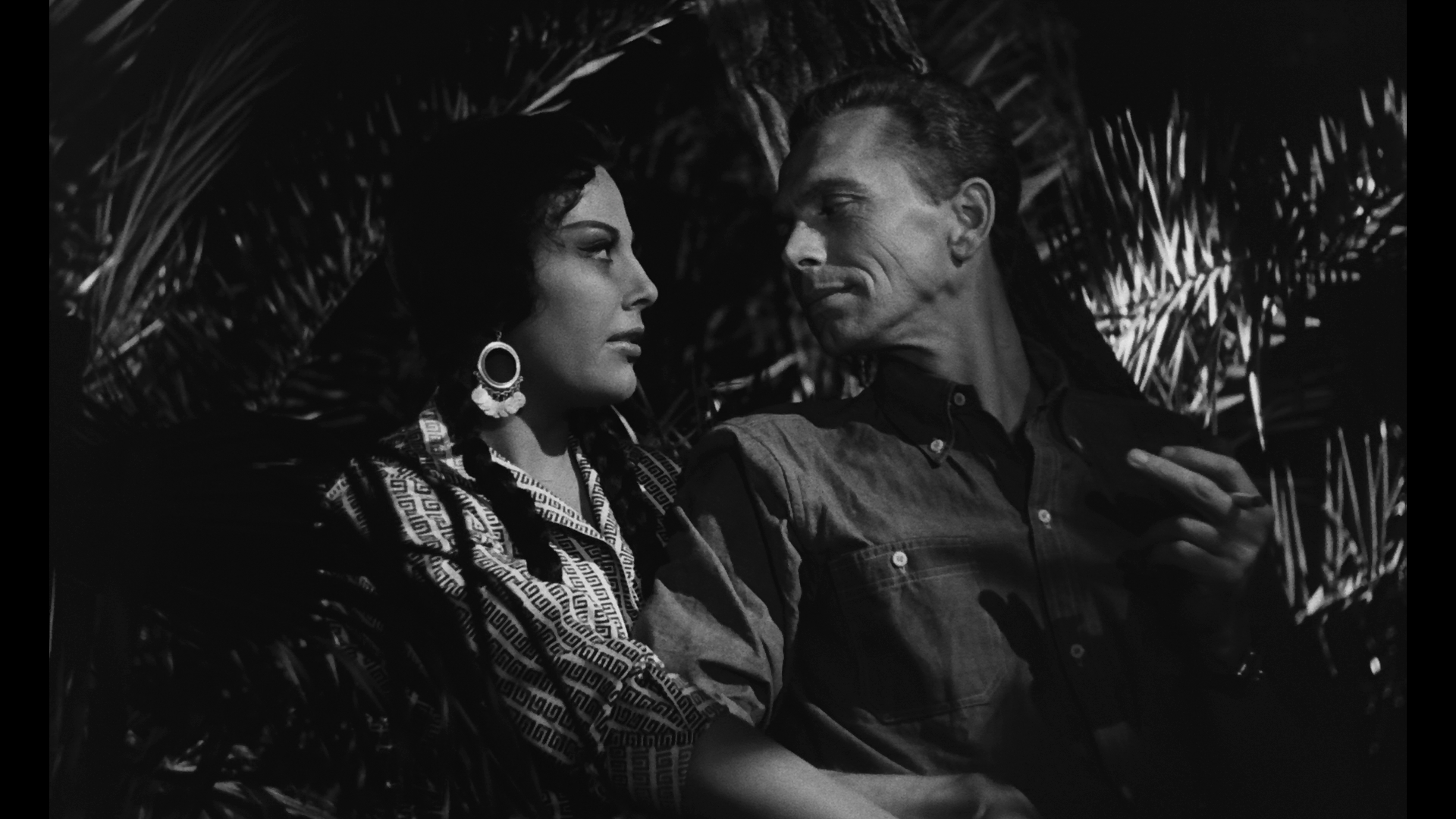 pulsating blob that proves capable of pulling off human limbs and even stripping a human being down to the bone.
pulsating blob that proves capable of pulling off human limbs and even stripping a human being down to the bone. 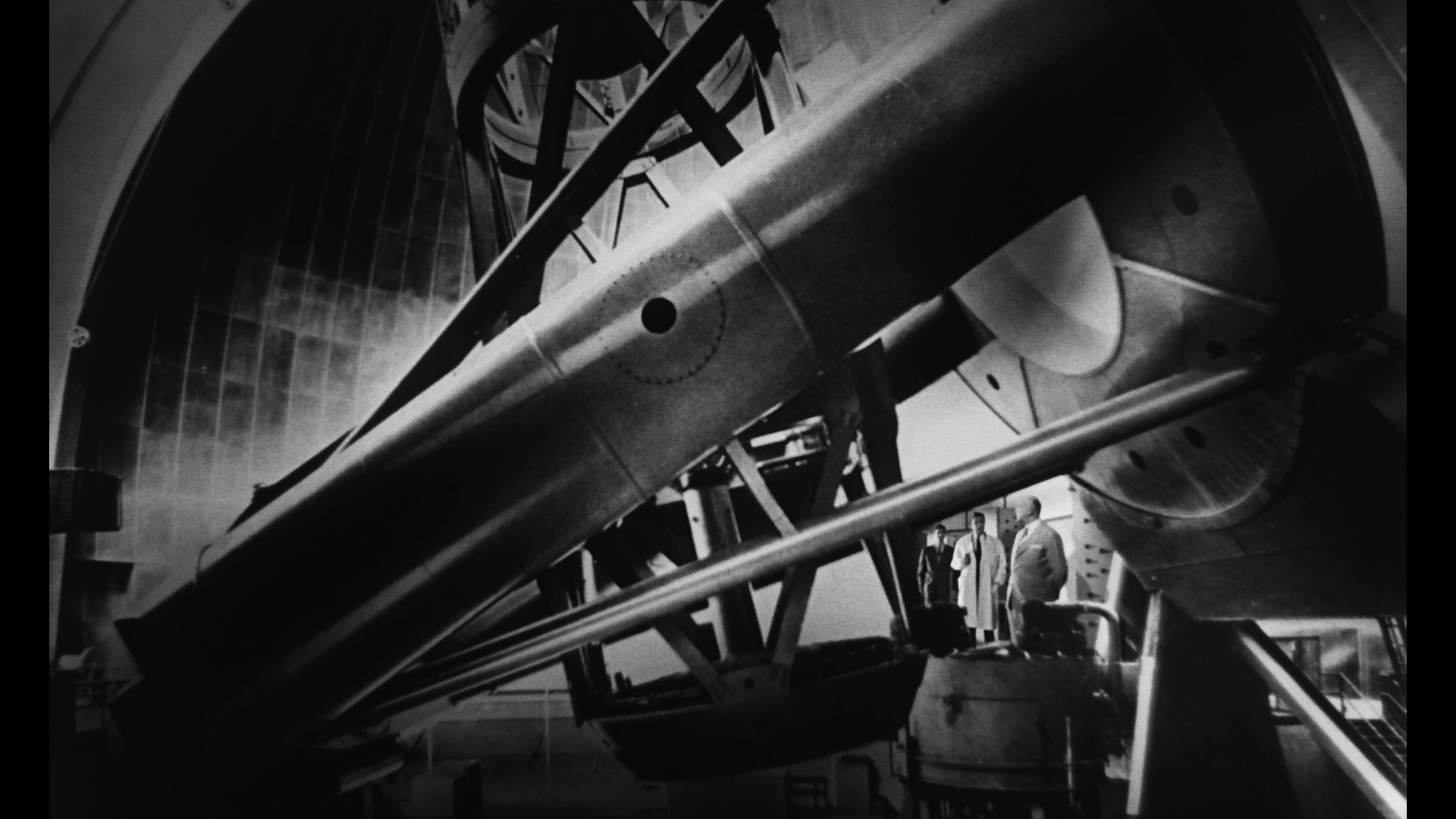
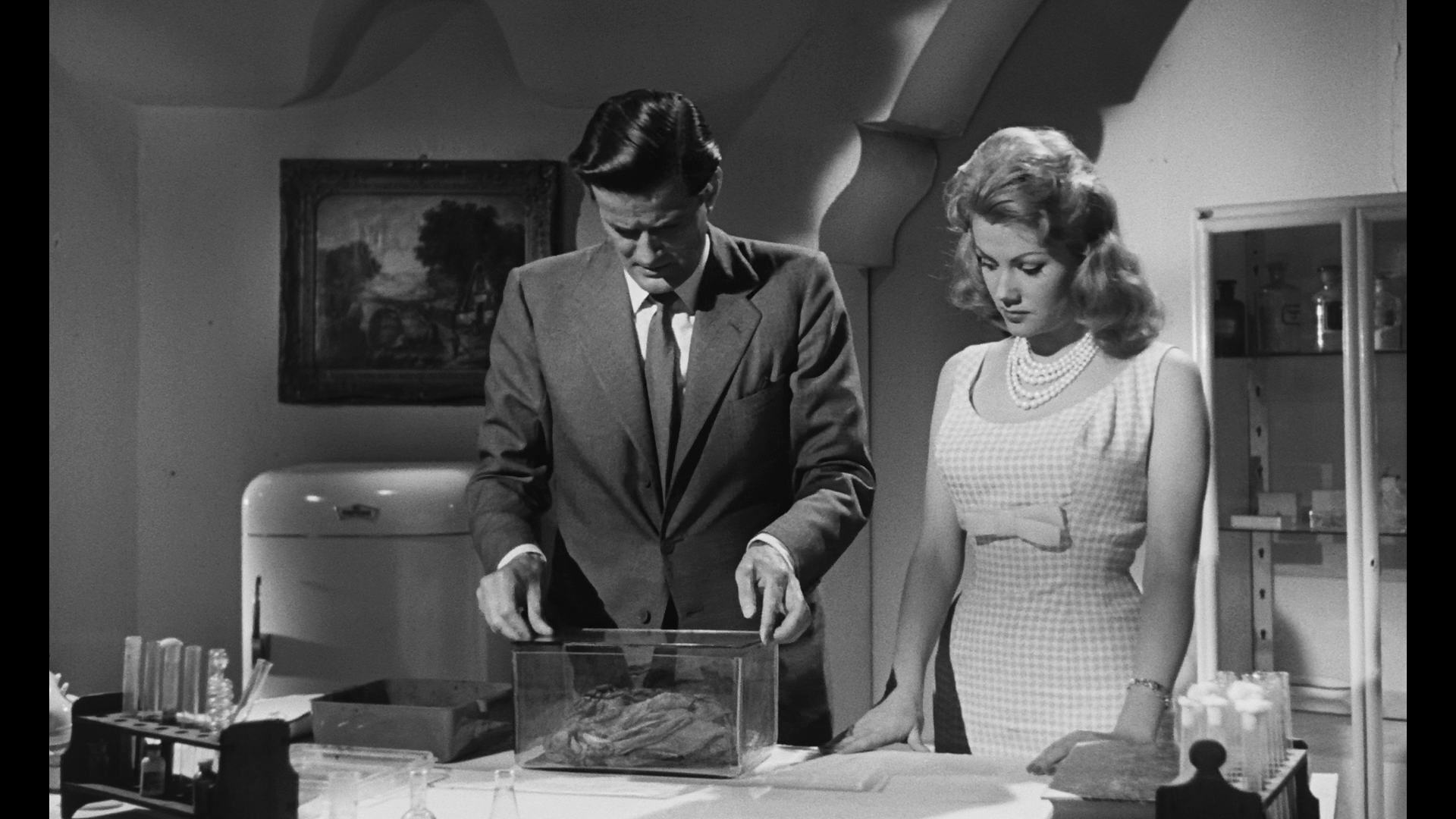 Stefano Della Casa, an audio commentary by Luigi Cozzi and Giona A. Nazzaro, and two featurette, "Riccardo Freda, Forgotten Master" (19 mins.) and "The Genesis of Caltiki" (21 mins.). The transfer was adequate for its time, a big improvement over the dupey versions before it but plagued by some signs of wear and tear as well as uneven contrast.
Stefano Della Casa, an audio commentary by Luigi Cozzi and Giona A. Nazzaro, and two featurette, "Riccardo Freda, Forgotten Master" (19 mins.) and "The Genesis of Caltiki" (21 mins.). The transfer was adequate for its time, a big improvement over the dupey versions before it but plagued by some signs of wear and tear as well as uneven contrast.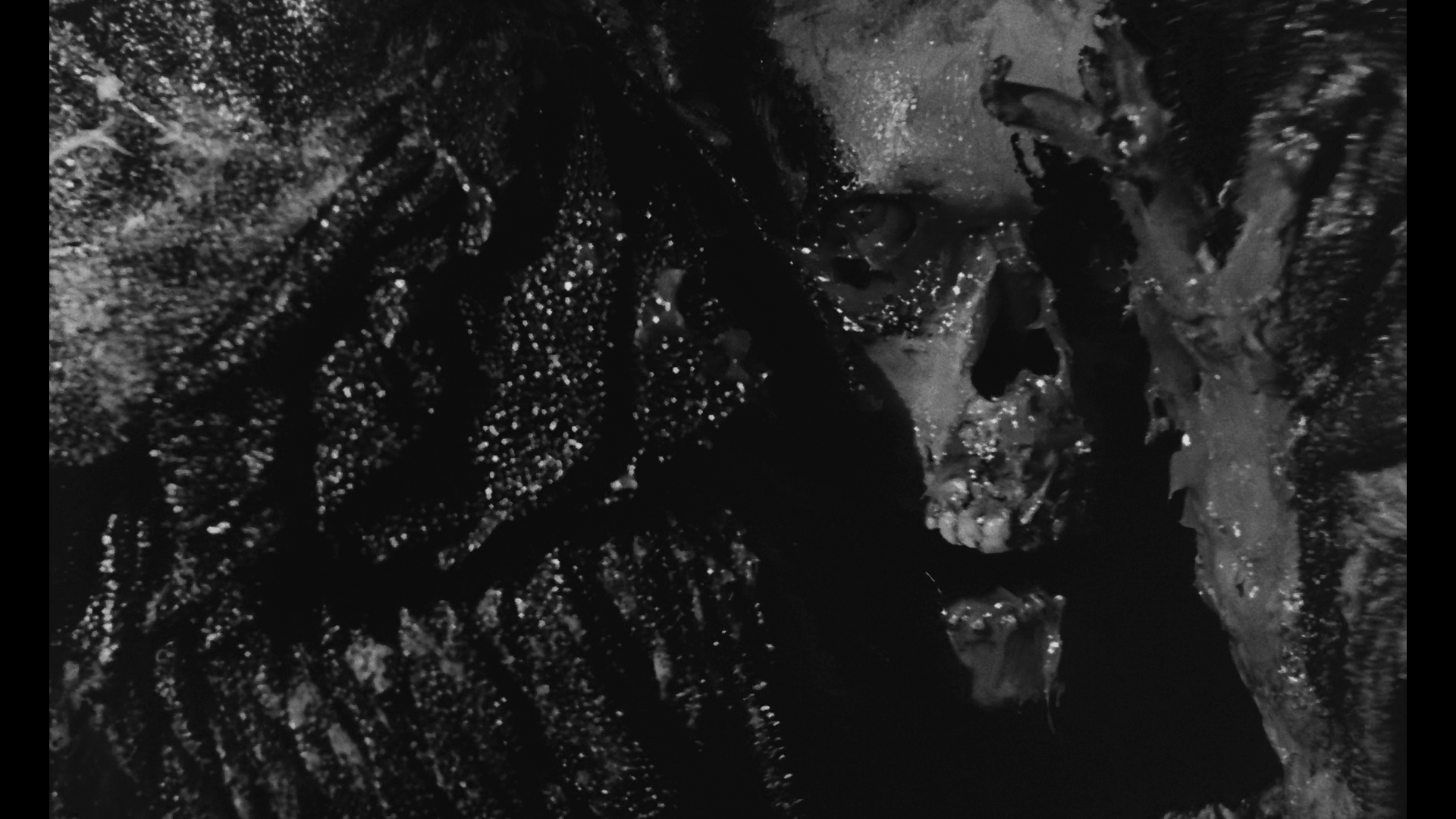 actually sounds quite respectable and better than any version we've had before. In an interesting gesture, an alternate open matte (1.33:1) version showing how lengthy stretches of the film (including most of Bava's effects work was shot) in that aspect ratio, with other scenes hard matted to 1.66:1 (so the aspect ratio shifts several times throughout). It's definitely not the best way to watch the film for the first time (here's a sample frame grab) as it literally exposes every single bit of visual
actually sounds quite respectable and better than any version we've had before. In an interesting gesture, an alternate open matte (1.33:1) version showing how lengthy stretches of the film (including most of Bava's effects work was shot) in that aspect ratio, with other scenes hard matted to 1.66:1 (so the aspect ratio shifts several times throughout). It's definitely not the best way to watch the film for the first time (here's a sample frame grab) as it literally exposes every single bit of visual 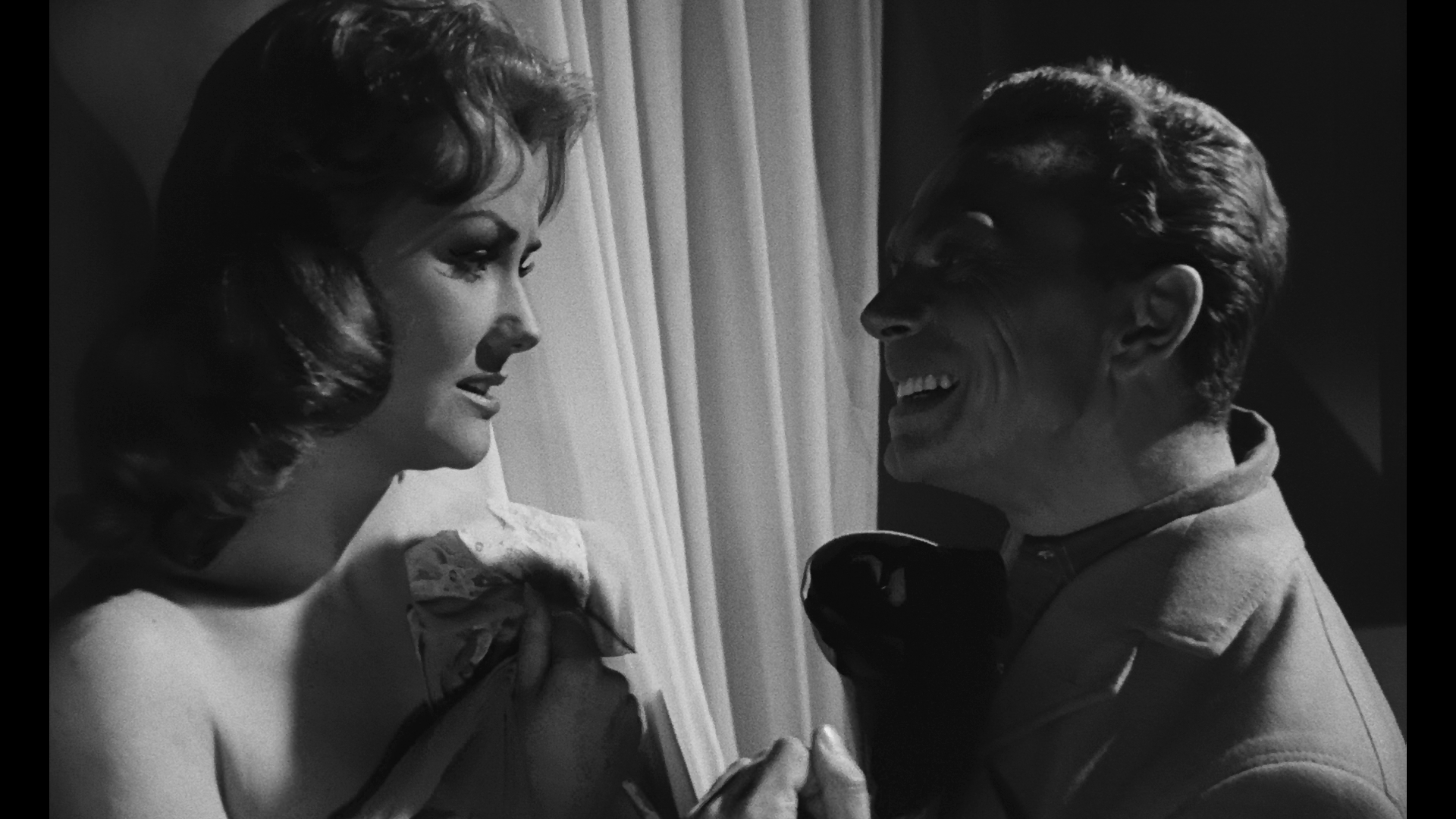 information including rounded corners and the soundtrack on the right side, but it's a fascinating alternate way to see the film and get a good look at some of Bava's painting and miniature work that would have been cropped off otherwise.
information including rounded corners and the soundtrack on the right side, but it's a fascinating alternate way to see the film and get a good look at some of Bava's painting and miniature work that would have been cropped off otherwise.